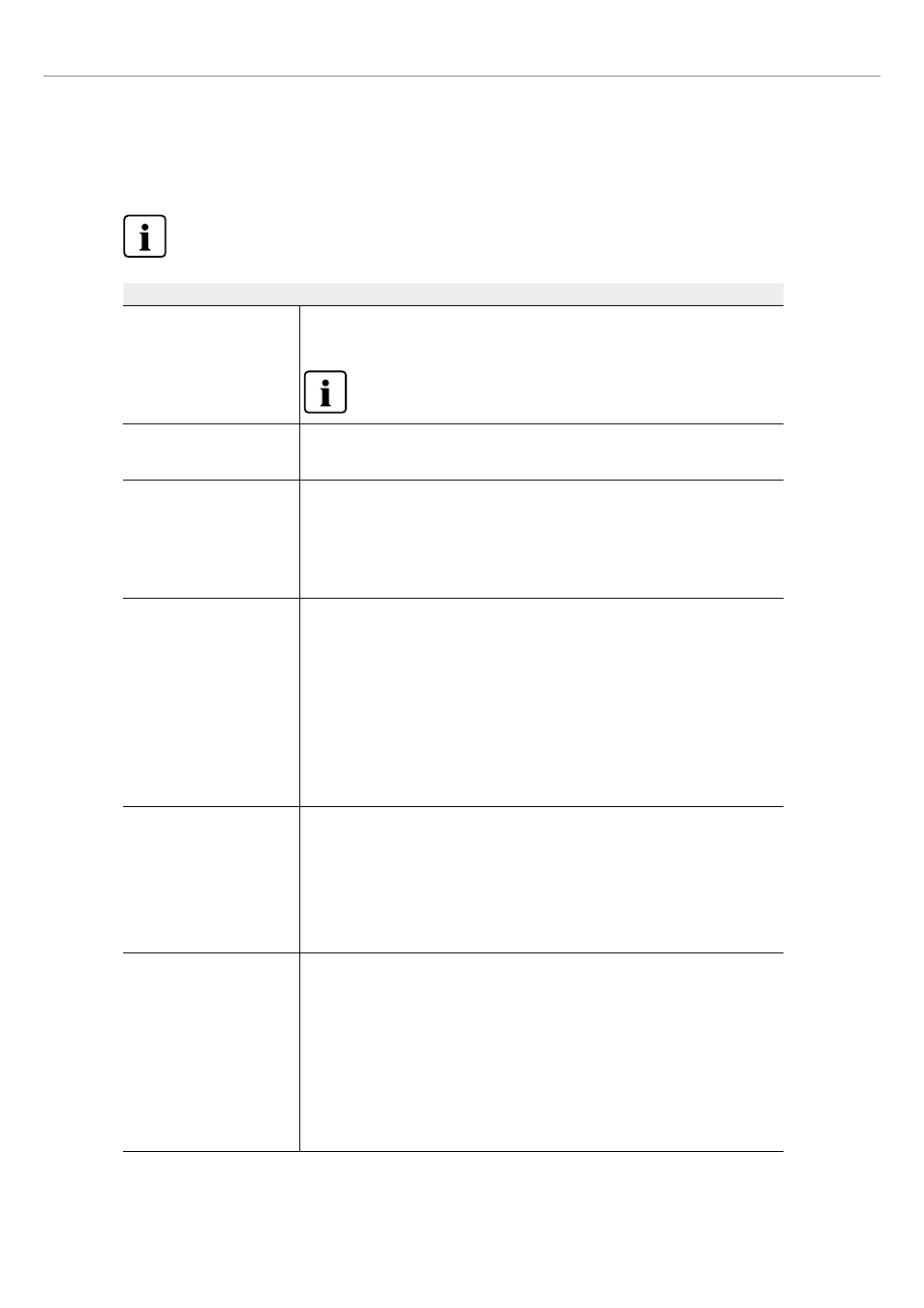Practical use – Ivoclar Vivadent EP 5010 User Manual
Page 76

76
6.5 Important notes on the use of the Infrared Technology
The following notes on the Infrared Technology have to be observed to obtain meaningful and correct measuring
results from the infrared camera.
Note
Loading the furnace in the
"Firing" operating mode
With the Infrared Technology active, position the objects in such a way that the infrared
camera has a wide view of the objects. Use the markings on the frame plate (see
Chapter 6.1) for orientation purposes. If possible, always place the objects on firing pins.
Do not load the firing chamber with already warmed up objects. In back-to-
back firing cycles, the object must always have adequately cooled down.
Active process
If a program has been started and the infrared camera is active, the objects must not be
moved during the closing and predrying process. This results in faulty measurements and
in the closing process being aborted.
Firing tray
Firing trays that are not coordinated with the furnace or fitted firing trays can change
the temperature at the objects by +/- 20 °C!
Ivoclar Vivadent recommends using only the original Programat firing tray or the special
firing trays stipulated for the respective materials. If another firing tray is used, make
sure that the height of the tray corresponds with that of the original firing tray. Higher
trays result in faulty measurements of the infrared camera.
Unsuitable firing objects
and materials
Basically, a temperature measurement with the infrared camera cannot be conducted on
metal structures. Therefore, the IRT function must not be used for oxidation firings of
metal frameworks!
Veneered metal frameworks with a metal margin or a holding pin have to be placed in
such a way that the metal margin or the holding pin is not caught by the infrared
camera, as this may affect the correct temperature measurement.
Unused firing pins or fan pins should be removed or placed outside the viewing range of
the infrared camera.
When firing very flat objects (e.g. veneers) directly on the honey-comb firing tray or
firing pillow, as well as when platinum foil is used, the IRT function must not be used!
Several objects
If several and different objects are fired together, large and massive objects have to be
preferentially shown to the infrared camera, while small objects can be positioned
behind the large objects.
Wet objects should face the infrared camera. Touch-dried objects can be positioned
behind freshly fabricated and wet objects.
Adding additional objects after the start of the process may result in faulty
measurements and the closing process being aborted.
Sources of interference
Heat sources within the viewing range of the furnace may interfere with the temperature
measurement. In certain cases, this may result in unusually long processes. Sources of
interference may include light bulbs, heaters, air conditioners or another furnace.
Sources of interference in the viewing range of the infrared camera can be easily
recognized if the corresponding view is activated. If the source of interference cannot be
removed, the interference may be eliminated by slightly rotating the furnace.
The view on the objects must not be obstructed at any time after the start of the
program. This results in the closing process being aborted. If objects from a previous
firing cycle are cooling on the cooling tray, they should be placed outside the viewing
range of the infrared camera if possible.
6. Practical Use